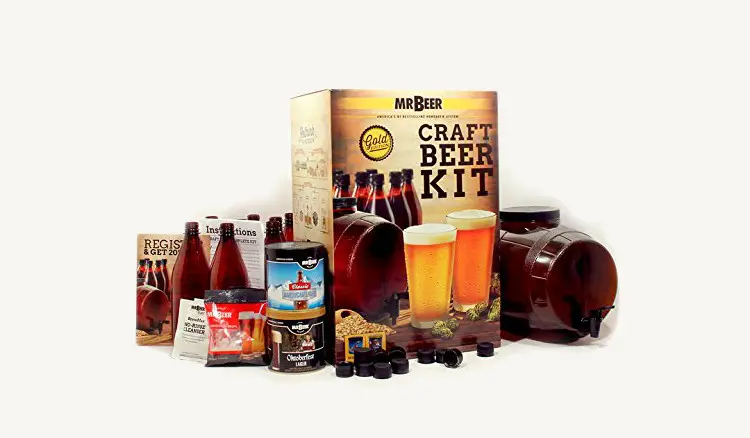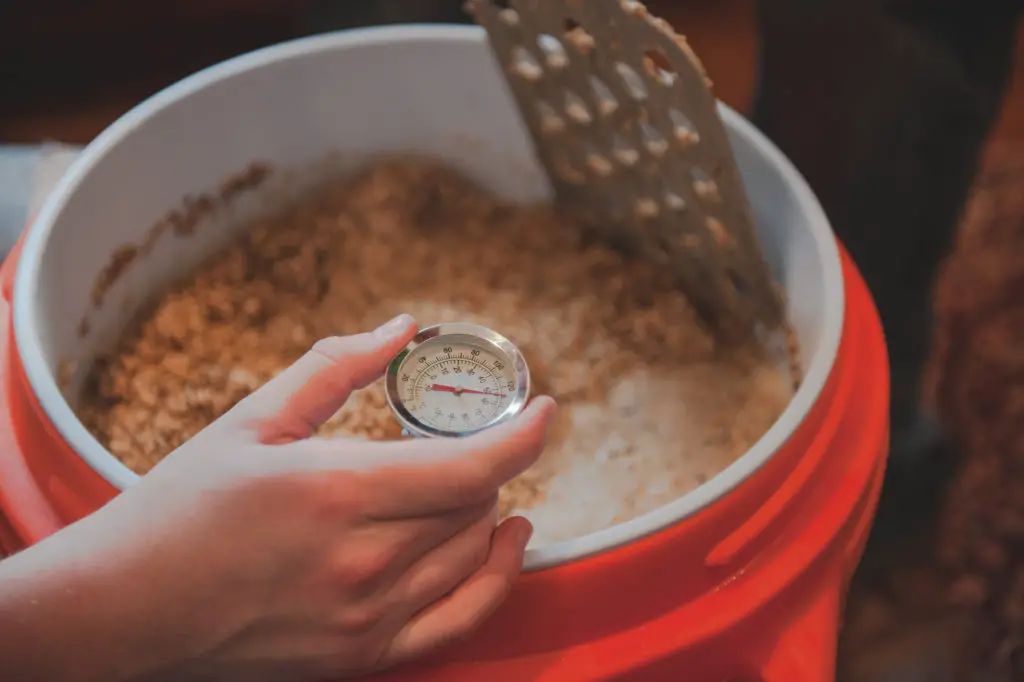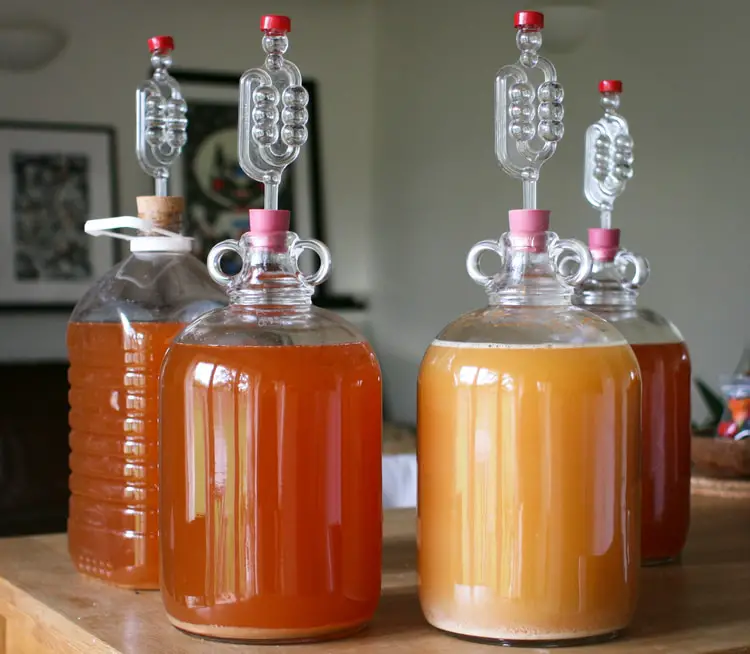If you are interested in getting started with the process of homebrewing, it might be really tempting to start using a kit for the first time that you actually brew beer. Although it may feel as though many of the largest breweries are actually just scaling up what you are using in a small brew kit, many of the microbreweries and large breweries actually complete their brewing process from scratch.
If you wanted to actually get started with brewing beer, there’s no reason why you have to buy a kit. You can pick up the materials that you would commonly need to brew beer and the ingredients that you can put together to make a high quality brew. There are many home brewers that actually prefer the idea of brewing beer without a kit.
In order to weigh the value of starting with a brew kit vs the idea of brewing without a kit, we wrote this comparison. Here are some of the pros and cons of using a kit to brew beer versus going without.
Brewing using a kit
Pros:
- All included: One of the biggest advantages of brewing using a kit is that most of the materials that you need to actually start brewing your beer will all be included along with the kit. This means that you can save precious time and actually bringing together all of the items you need to brew.
- Step by step instructions: A brewing kit will also provide the complex instructions that you need to go step-by-step through the brewing process. Having access to these instructions can really help you to guide your process and make sure that nothing is missed. Skipping a step in brewing or forgetting something like sanitizing a specific item during the brewing process could compromise your entire batch of beer. With helpful reminders and a step-by-step instruction guide, you can get consistent results.
- A fantastic way to learn brewing concepts: Learning to brew new types of beer is often best done with a proven recipe. A brewing kit can teach you some of the more complex types of beer that you can brew or simple recipes for your favorite beer varieties.
- Inexpensive: with everything provided you can inexpensively brew beer and even find refills for refilling your brew kit and brewing new batches.

Cons:
- Usually designed for small-scale brewing: A brewing kit is usually designed to produce just a few gallons of beer. If you had high hopes on the idea of providing a lot of beer for an upcoming gathering or even stocking your fridge with a lot of fresh beer, a brewing kit may not be the best idea.
- Not much room for customization: In most cases, a brewing kit is designed to produce just a few different types of beer. This leaves very little room for customization within the flavors of your beer or even branching out to try new kinds of beer as a homebrewer. You may be able to just brew one or two kinds of beer depending on the kit that you have invested in.
- Cheap materials: Brew kits can often include some of the lowest quality materials for brewing. You could be missing crucial items like a hydrometer, a high-quality airlock or even a glass fermenter that can last you over many brew cycles and help you see better results with your home during projects.
No products found.
Brewing without a kit
Pros:
- Can make as much or as little beer as you want: When you are brewing without a kit, you just need to buy enough materials to scale up your recipe. Once you find a recipe that you want to try, you can just scale up that recipe and produce as much beer as you want.
- Limitless varieties: when you find a recipe online, you can give it a go once you have the materials available to brew. Sourcing the ingredients and following the directions is all you need to produce a high quality beer.
- The lowest cost for brewing: being able to brew in larger volumes and having the option to brew from natural ingredients can ensure that you can eventually experience one of the lowest cost for brewing by the total volume of beer you can produce, eventually.
- More room for creativity: If you want to change a recipe slightly or even try different hops or spices, your recipe is your own. Brewing without a kit is much closer to being a chef than someone following a recipe!

Cons:
- Can take years of practice to get consistent results: brewing without a kit successfully and producing the same results often requires recording the recipe and using similar materials/ ingredients every time. This can take practice and you may only be able to produce consistent results after completing five or six successful brews of the same variety.
- Can be an expensive startup: Investing in all the materials that you need to brew beer successfully often requires a fair investment up front but it can bring your costs down over time. Investing in high quality materials will help you to produce tens or even hundreds of successful batches of beer at a lower cost, it is just the upfront costs that can turn many people off.
- Less room for error: Generally you have to learn all the processes for brewing beer on a large scale yourself, which products work best for sanitizing, how to bottle and more. There are plenty of instructional videos online but without a direct instruction book you may find yourself having to make measurements and perform adjustments to some of the advice that you read on home brewing.
Last update on 2025-04-03 / Affiliate links / Images from Amazon Product Advertising API

